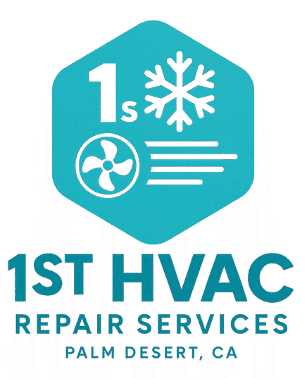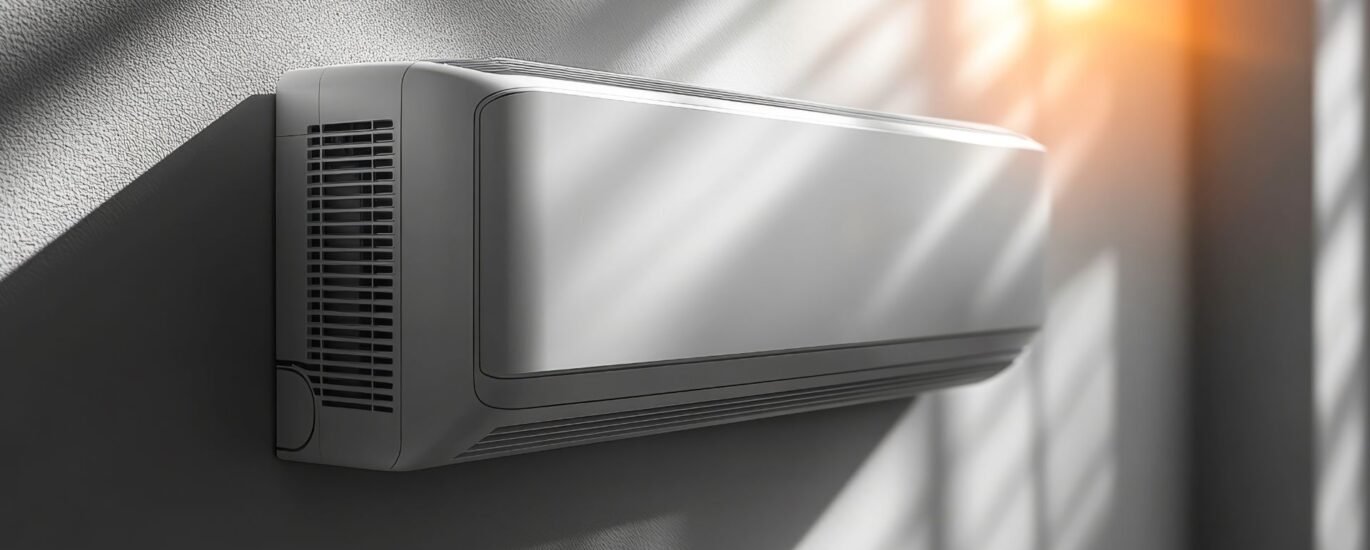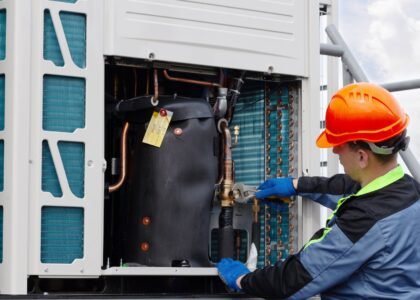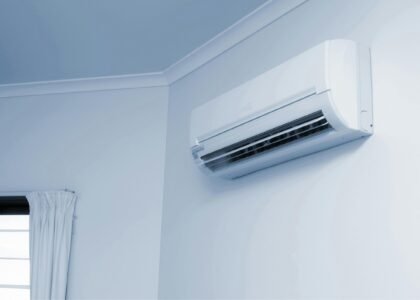Ensuring your home feels comfortable year-round isn’t just about having a high-powered HVAC system. The key to consistent temperature and energy efficiency lies in air flow balancing. But what exactly does this process involve, and how does it work? In this post, we’ll break it down step by step so you can understand how your HVAC system delivers optimal comfort.
What Is Air Flow Balancing?
Air flow balancing is the process of adjusting your HVAC system to ensure that heated or cooled air is distributed evenly throughout your home. When a system isn’t balanced, some rooms may feel too hot or too cold, energy bills can increase, and overall comfort suffers.
By carefully measuring and adjusting the way air moves through ducts, vents, and registers, technicians can create a more efficient, comfortable, and healthy home environment.
For a more detailed guide, check out our complete guide to air flow balancing.
Step 1: Assessing Air Flow
The first step in balancing your HVAC system is evaluating the air flow in each room. Technicians use specialized tools to measure how air moves and identify problem areas:
- Anemometers – Measure the velocity of air coming from vents
- Pressure gauges – Assess the pressure within ductwork
- Thermometers – Detect temperature differences between rooms
This initial assessment helps determine which areas are over-conditioned (too much air) and under-conditioned (too little air), setting the stage for precise adjustments.
Step 2: Adjusting Dampers
Most duct systems include dampers, which are adjustable plates inside the ducts. Dampers control how much air flows to different parts of your home.
During air flow balancing, technicians:
- Redirect air to rooms that aren’t receiving enough
- Reduce airflow in rooms that are over-conditioned
- Fine-tune the system to achieve uniform comfort
Even small damper adjustments can make a significant difference in maintaining consistent temperatures throughout your home.
Step 3: Checking and Modifying Ductwork
Sometimes uneven air flow isn’t just a matter of adjusting dampers. Ductwork design and condition can significantly impact performance.
Technicians may:
- Repair leaks or holes in ducts
- Reroute ducts to improve airflow to specific areas
- Add new vents or returns where necessary
Properly maintained and well-designed ductwork is essential for achieving full air flow balance and maximizing the efficiency of your HVAC system.
Step 4: Fine-Tuning the System
After the major adjustments are complete, the system is tested again to ensure proper balance. This step often includes:
- Small tweaks to dampers
- Adjusting registers for optimal distribution
- Confirming that air reaches all areas evenly
The result is a comfort-optimized home with consistent temperatures, better air quality, and improved energy efficiency.
For a deeper dive into each of these steps, explore our Air Flow Balancing service page.
Signs Your Home May Need Air Flow Balancing
If your HVAC system isn’t performing evenly, it may be time for balancing. Common signs include:
- Rooms that are consistently too hot or too cold
- Uneven heating or cooling between floors
- Drafts or stagnant air in certain areas
- High energy bills without increased usage
Addressing these issues with proper air flow balancing can enhance comfort and reduce unnecessary energy costs.
Benefits of Air Flow Balancing
Proper air flow balancing can transform your home environment. Key benefits include:
- Consistent temperatures in every room
- Lower energy bills by improving efficiency
- Reduced strain on your HVAC system
- Enhanced indoor air quality
By ensuring your system distributes air evenly, you create a more comfortable and sustainable home.
How Often Should You Balance Your Air Flow?
Air flow balancing isn’t a one-time task. Consider checking your system if you notice:
- Major renovations or additions that alter airflow
- Changes in the number of people or appliances in your home
- Routine HVAC maintenance to keep systems running efficiently
Regular assessments can prevent problems before they escalate, maintaining comfort and energy efficiency year-round.
When to Contact a Professional
While some minor adjustments can be made by homeowners, air flow balancing is generally best performed by trained HVAC technicians. They have the tools and expertise to:
- Accurately measure airflow
- Adjust dampers and ductwork safely
- Ensure the system is fully optimized
Schedule an assessment today by visiting our contact page.
Conclusion
Air flow balancing is a critical yet often overlooked part of home comfort. By assessing airflow, adjusting dampers, inspecting ductwork, and fine-tuning your system, you can enjoy consistent temperatures, lower energy bills, and a healthier living environment.
If you want to learn more about how air flow balancing works or think your home might benefit from it, explore our complete guide and consider reaching out to a professional for a thorough assessment.





